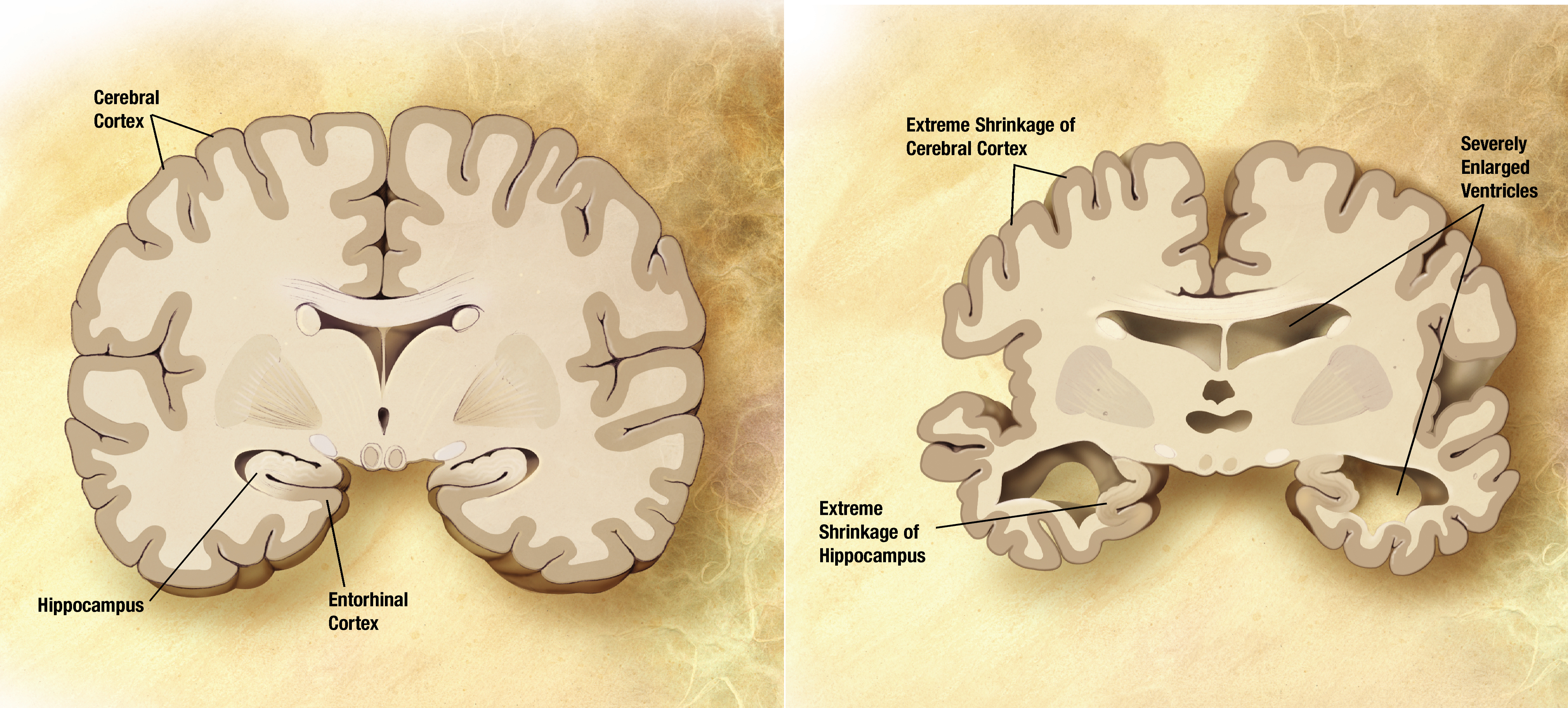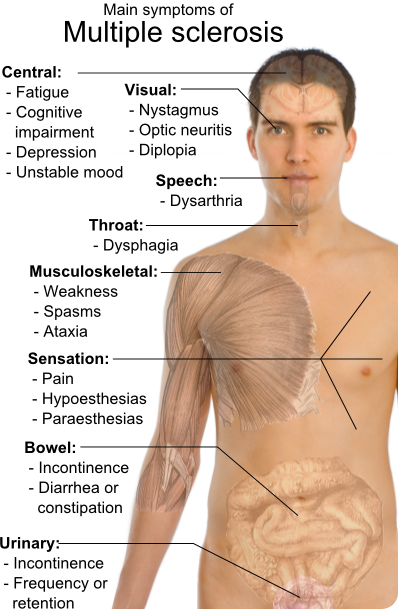SmoothER
The Smooth ER acts as a storage organelle that is important in the formation and holding of lipids and steroids essential for the cell. Those cells that are used in releasing oils typically have more Smooth ER than most other cells in the body. A variation of sarcoplasmic reticulum is an organelle that stores ions that the body will need for future use. Smooth ER doesn't only create lipids and hormones but it plays a large part in detoxifying a number of organic chemicals to be more water soluble and easier on the body. A large amount are found in the liver for breaking down alcohol.
Some diseases caused by faulty Smooth ER organelles would be Cerebral Ischemia, Multiple Sclerosis, Huntington's and Alzheimer's. The improper folding of proteins tends to lead to these neurological diseases. Cerebral Ischemia is the insufficient flow of blood to the brain which due to the lack of oxygen it will lead to an ischemic stroke. It leads to issues with brain metabolism, reduction in metabolic rates, and energy crisis with the main symptoms being impaired vision, speaking and motor skills. Due to the loss of oxygen in the brain one can become unconscious and if that happens for large amounts of time they can have permanent brain damage. MS is an inflammatory disease that happens when the insulating covers of nerve cells in the brain and spinal cord are damaged. The issues clouding this disease vary from mental, physical and even psychiatric as there is no current cure for this tough disease. Their life expectancies are about 5-10 years shorter than that of people without the disease. The issues go from the brain all the way down to the bladder affecting many parts of the body on the way down. They can have a loss of sensitivity or changes in sensation, become weak, muscle spasms, bladder and bowel issues, fatigue and even depression or unstable mood are apparent with this disease.
Huntington's Disease is a neurodegenerative disease that affects muscle coordination and leads to mental decline and behavioral issues. The early symptoms are subtle muscle problems, such as little twitches and poor coordination. As the disease progresses the issues with muscle coordination gets much worse and the mental state of the person is getting worse. Physical abilities eventually get so bad that easy movements are too hard to perform while those mental abilities will deteriorate into dementia. Pneumonia, heart disease and falls shorten the life expectancy to about twenty more years after those symptoms become apparent. Some mental symptoms will start off with depression or anxiety, leading into a recluse behavior, egocentrism, aggression and even with addiction such as alcoholism or a drug problem. This disease has no cure and makes life very difficult for those affected by it. Alzheimer's is a neurodegenerative disease that affects many people in the country. It starts off with just having short term memory loss but gradually worsens. As it gets worse the person can become disorientated, have a problem with language, become very moody, unable to care for oneself and have behavior issues. They began to withdrawal from society the disease is so bad. Bodily functions become lost which then their death is eminent. The life expectancies after getting the disease is about 3-9 years. It is said to be one of the most financially costly diseases with their being no cure and having to have a constant watch over the person with it. In 2010 it was said that there was between 21-35 million people worldwide affected by this awful disease. Alzheimer's not only affects those with it but those people's families lose their loved one as they become recluse and eventually die.
 |
| Huntington's Brain (Top) vs. Normal Brain (Bottom) |
 |
| Normal Brain (Left) vs. Alzheimer's Brain (Right) |
Works Cited:
- Endoplasmic Reticulum (Rough and Smooth). British Society for Cell Biology. Web. 2 Feb. 2015. http://bscb.org/learning-resources/softcell-e-learning/endoplasmic-reticulum-rough-and-smooth/.
- Compston A, Coles A (October 2008). Multiple sclerosis.Lancet 372 (9648): 1502–17. doi:10.1016/S0140-6736(08)61620-7. PMID 18970977.
- Murray ED, Buttner EA, Price BH (2012). Depression and Psychosis in Neurological Practice. In Daroff R, Fenichel G, Jankovic J, Mazziotta J. Bradley's neurology in clinical practice. (6th ed.). Philadelphia, PA: Elsevier/Saunders.ISBN 1-4377-0434-4.
- Hammond, K; B Tatum (June 26, 2010). The Behavioral Symptoms of Huntington's Disease. Huntington's Outreach Project for Education, at Stanford. Retrieved August 4, 2014.
- Sullivan, Jonathon. What is Brain Ischemia?. WSU Emergency Medicine Cerebral Resuscitation Laboratory. Retrieved 2008-11-11.
Images Cited:
- http://envorganelles.wikispaces.com/file/view/
- Multiple Sclerosis (MS). News-Medical.net. 18 July 2009. Web. 2 Feb. 2015. http://www.news-medical.net/health/Multiple-Sclerosis-(MS).aspx>.
- Diseases Studied. Foldinghome. Web. 2 Feb. 2015. https://folding.stanford.edu/home/faq/faq-diseases/>.
- Combination of two brain diagrams in one for comparison. In the left normal brain, in the right brain of a person with Alzheimer's disease English: Diagram of the brain of a person with Alzheimer's Disease. SEVERESLICE_HIGH.JPG: ADEAR: Alzheimer's Disease Education and Referral Center, a service of the National Institute on Aging.



No comments:
Post a Comment